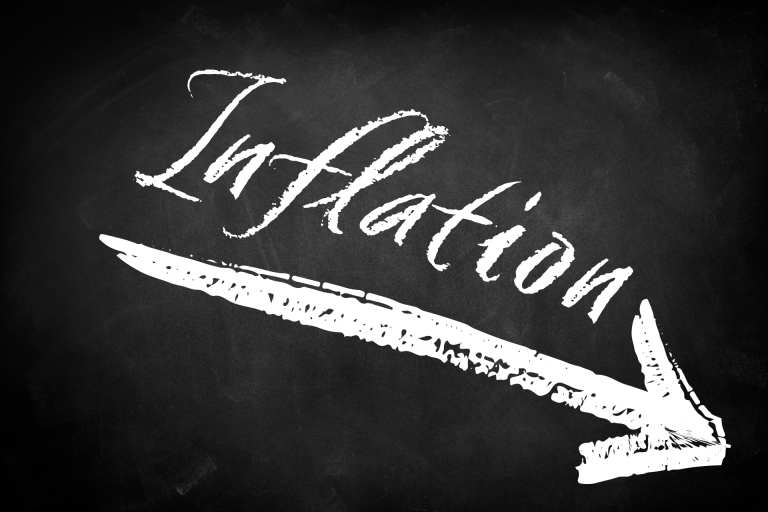Extension of Covid furlough scheme to March 2021
Extension of furlough scheme
The government is extending the CJRS to support individuals and businesses who are impacted by disruption caused by coronavirus (COVID-19) this winter. This is an extension of the CJRS and the scheme rules will remain the same except where we state otherwise.
The CJRS (also known as the furlough scheme) will remain open until 31 March 2021. For claim periods running to January 2021, employees will receive 80% of their usual salary for hours not worked, up to a maximum of £2,500 per month. The £2,500 cap is proportional to the hours not worked.
The government will review the policy in January to decide whether economic circumstances are improving enough to ask employers to contribute more.
How the scheme works:
- For the hours that are not worked by an employee due to being placed on furlough, 80% of the employee’s wages will be paid by the government subject to a cap of £2500.
- For worked hours, employers will pay their employees as normal.
- The employer will pay the employers National Insurance and Employers Pension contributions in full.
Employers, at their discretion, will be able to top up their employee’s wage above the standard 80% if they so wish
Eligibility in respect of employees
- Employees must be on the employer’s PAYE payroll by 30 October 2020 and a real time information submission notifying information to HMRC about that employee must have been made by that date.
- Employees on any type of contract are eligible.
- Employers can claim the grant for the hours not worked by their employees by reference to their usual hours worked in a claim period and claims made must be for a minimum of a 7 consecutive calendar day period.
- Employees do not need to have been furloughed previously
- Employees need to agree that they are on full furlough or flexible furlough and an agreement must be in place.
Can furloughed employees take annual leave from November?
Guidance has confirmed that annual leave will operate in the same way as under previous furlough rules. In other words, annual leave continues to accrue during furlough and that employees should be paid in full for their leave. This means that, should the old rules apply, you will need to top up holiday pay for furloughed workers by 20%. Employees should not be placed on furlough for a period simply because they are on holiday for that period.
Employees whose health has been affected by coronavirus or other conditions
Employees can be furloughed where they are unable to work because they:
- are shielding in line with public health guidance (or need to stay at home with someone who is shielding)
- have caring responsibilities resulting from coronavirus, including employees that need to look after children
The CJRS is not intended for short-term sick absences. If, however, employers want to furlough employees for business reasons and they are currently off sick, they are eligible to do so, as with other employees.
Furloughed employees who become ill, due to coronavirus or any other cause, must be paid at least Statutory Sick Pay (SSP). As under the CJRS previously, it is up to employers to decide whether to move these employees onto SSP or to keep them on furlough, at their furloughed rate.
Sick Pay for Self-Isolating during coronavirus
As of 13 March 2020, employees and workers who self-isolate must receive any Statutory Sick Pay (SSP) due to them from the first day they’re absent from work if it’s because:
- they have coronavirus (COVID-19)
- they have coronavirus symptoms, for example a high temperature, a new continuous cough or a loss of, or change in, sense of smell or taste
- someone in their household has coronavirus symptoms
- they’ve been advised to stay at home by their doctor because of an underlying health condition
- they’ve been told to self-isolate by a doctor or NHS 111
- they’ve been told to self-isolate by a government ‘test and trace’ service, because they’ve been in close contact with someone who tested positive (‘NHS Test and Trace’ in England, ‘Test and Protect’ in Scotland or ‘Test, trace, protect’ in Wales)
To be eligible for SSP, employees and workers must be off work for at least 4 days in a row. This includes non-working days.
Some employers can claim back up to 2 weeks’ SSP they’ve paid to anyone because of coronavirus. Find out more about claiming back SSP due to coronavirus on GOV.UK.
If an employee or worker cannot work, they should tell their employer:
- as soon as possible
- the reason
- how long they’re likely to be off for
Job Retention Bonus
The Job Retention Bonus (JRB) will not be paid in February 2021 and a retention incentive will be deployed at the appropriate time. The purpose of the JRB was to encourage employers to keep people in work until the end of January. However, as the CJRS is now being extended to 31 March 2021, the policy intent of the JRB no longer applies.
If you have any queries, please contact our payroll department.
Need Some Advice?
Looking for some help or a little advice?
Call today on 01484 534431 or fill in our enquiry form below, and we’ll call you back.











